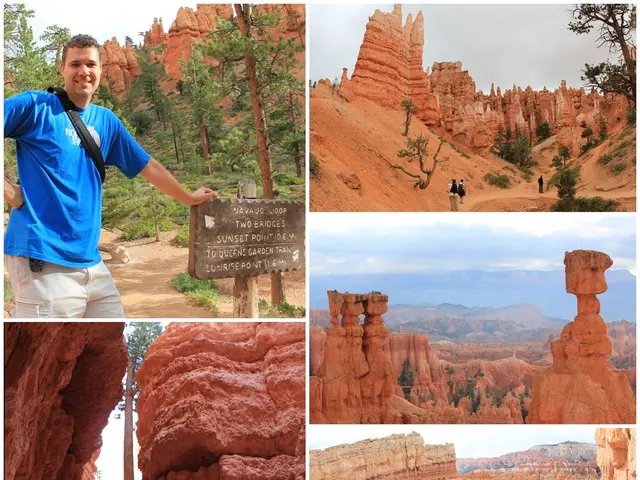Encourage physics intrigue among youth - XL-venture initiates - Sparking interest in physics among youth - Launch of the XL initiative commences
Education Researchers Launch Project to Boost Physics Interest Among Youth
To encourage more young people, particularly those from underrepresented groups, to pursue physics and related fields, researchers at the University of Dortmund have joined forces with the Institute for School Development Research (IFS) in a five-year research program. The initiative aims to address educational injustice and talent shortages in the natural sciences.
Nele McElvany, education researcher and IFS director, told the German Press Agency that the study represents a novelty in education research, focusing on achieving greater educational equity. Currently, girls and students from disadvantaged backgrounds are underrepresented in subjects like physics, chemistry, and informatics. The interdisciplinary project seeks innovative strategies to counteract this trend and tackle the talent shortage in the natural sciences.
An intervention study is currently underway in selected schools, with the project also being part of an "excellence cluster." The study, slated to receive federal and state funding from 2026, will focus on researching the basics of new technologies in physics while fostering interest in more young people.
"Many students cannot fathom that physics is engaging or relevant to their lives," said the Dortmund scientist. Raising awareness of the practical applications of physics for one's own life and providing positive role models from underrepresented groups will be essential parts of the study. Learning materials will also be optimized for students to make them more accessible and engaging.
According to McElvany, the interventions will target both the self-images of young people and their perception of physics, creating an "experimental design" that allows researchers to draw conclusions about what works best. The project will start in ninth grade in 45 schools in Berlin, Bavaria, and Saxony-Anhalt, following students until they graduate. Follow-up surveys are planned, and the results may be applied to other subjects and integrated into teaching in the future to inspire more young people to pursue STEM fields.
In addition to the TU Dortmund, universities in Halle, Regensburg, and Berlin are involved in the project. By attracting more youth to physics and related fields, the program aims to counteract the skilled worker shortage in STEM sectors while ensuring educational equity.
- As part of the collaboration, the researchers plan to integrate vocational training programs in the natural sciences to address talent shortages and promote educational equity, focusing on subjects like physics.
- To bolster interest in physics among underrepresented groups, the project will involve science education, optimizing learning materials, and showcasing the practical applications of physics, all within the context of self-development and vocational training.







